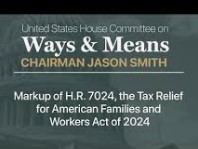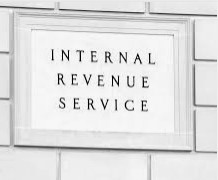
California has proposed a new digital advertising tax (AB 2829) that has been met with mixed reactions from businesses and consumers alike. If passed, the tax would be levied on large-scale California businesses that generate over $100,000,000.00 in annual global revenue from digital advertising services and would take effect on January 1, 2025.
Some have hailed the proposal as a way to generate much-needed revenue for the state’s budget, which was hit hard by the COVID-19 pandemic and has not yet fully recovered. Supporters of the tax also argue that it would help level the playing field between brick-and-mortar businesses and digital retailers, which have avoided many of the taxes and regulations that traditional companies face.
Opponents of the tax disagree and argue that the new tax would be harmful to both businesses and consumers alike. Opponents argue that it would make it more difficult for businesses to compete in an already challenging economic environment and that the tax would be difficult to enforce as it raises constitutional concerns surrounding the Due Process and Commerce Clauses. Opponents also argue that although there is an anti-passthrough provision disallowing the tax from being charged to the consumer as a separate fee, surcharge, or line item, businesses would instead pass the cost along to consumers under the guise of higher prices.
This recent California proposal has generated significant debate and controversy, with solid arguments on both sides. What are your thoughts?
You can reach Dan Thompson at Dan@thompsontax.com or call 916.333.2404





























Recent Comments